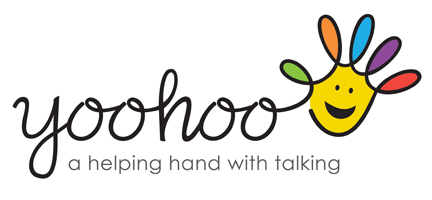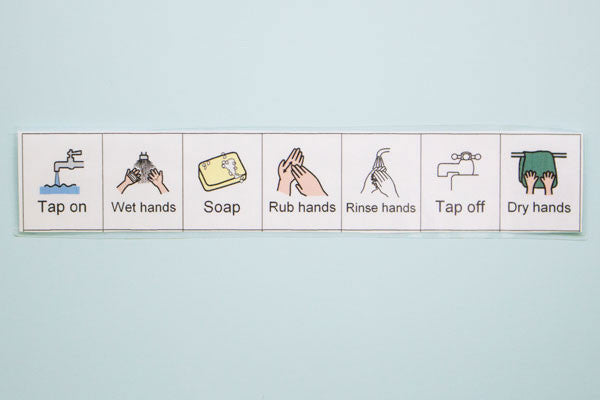In my reports, over the years, I must have recommended visual tasks lists and sequencing strips hundreds of times. But why? What is so special about these simple tools?
In my opinion a good visual aid enables a child to learn and understand what is going on in the world around them. They make children independent learners. They reduce anxiety and worry levels. They make it possible for an activity/event to be accessible.
Visual tick lists and sequencing strips can be differentiated to meet the individual needs of a child. This can be done very simply by deciding the level of prompt to be used – object, photograph, symbol, line drawing or just the written word.
Through the repetition of routines and activities important vocabulary can be learned. Take, for example, a simple wash your hand visual sequencing strip. This act is carried out numerous times a day. Depending on the images depicted and the language used the child could be exposed to great words like turn, tap, on, off, wash, hands, soap, dry, towel and hand dryer. Each word is supported by a visual prompt, a verbal prompt and the act of doing.
As mentioned earlier the lists and strips give the child a degree of independence. All children can do tasks when an adult tells them each step but will they ever become independent with it? I have children now who make up their own multi-step tick lists using spoken information from a teacher or therapist. I have children who have learned to independently get dressed, brush their teeth, change for P.E, go to the toilet and of course wash their hands.
They can be used to teach flexibility. Sometimes a simple question mark or star lets the child know that something different is going to occur. My children do not get worried or anxious because they know that their strip has a beginning and an end and that doing the activities shown will be a safe and okay thing to do.
There is no set way to set up a strip. I use boxes with objects, laminated cards, post-it notes, A4 lined paper, clip boards you name it I think I have tried it. To fix the laminate/card I often use velcro or blu-tac. However, recently I found a great resource that was actually designed to help children hold their playing cards. I just slot my symbols in – great!
So please if you receive a report from a health or educational professional where visual tick lists and/or sequencing strips have been mentioned please do give them a go. They are simple but mighty tools!


Leave a comment